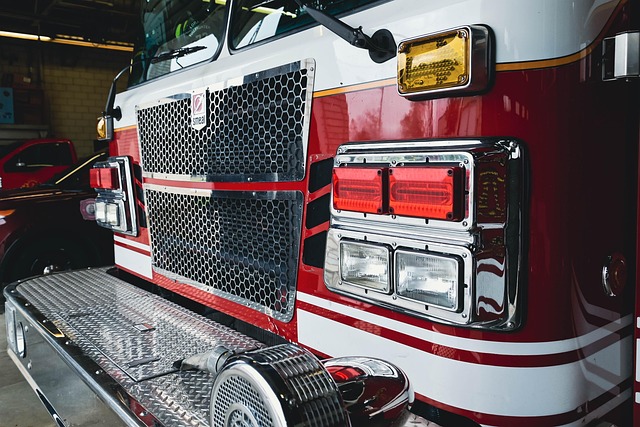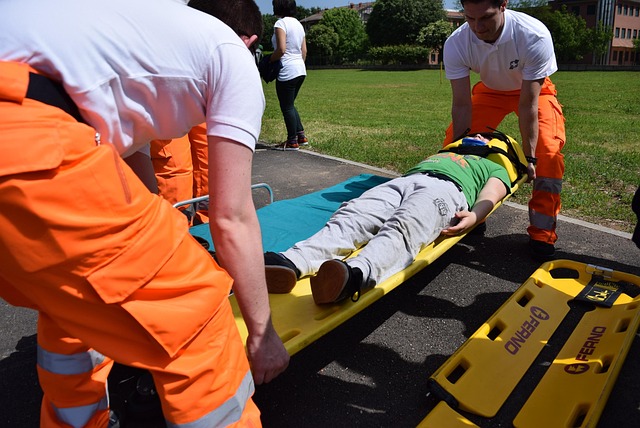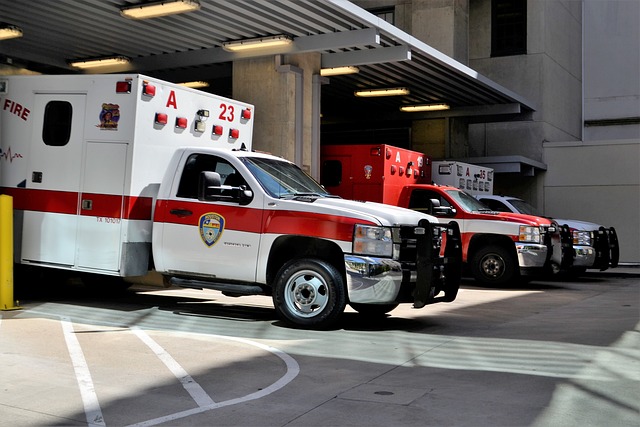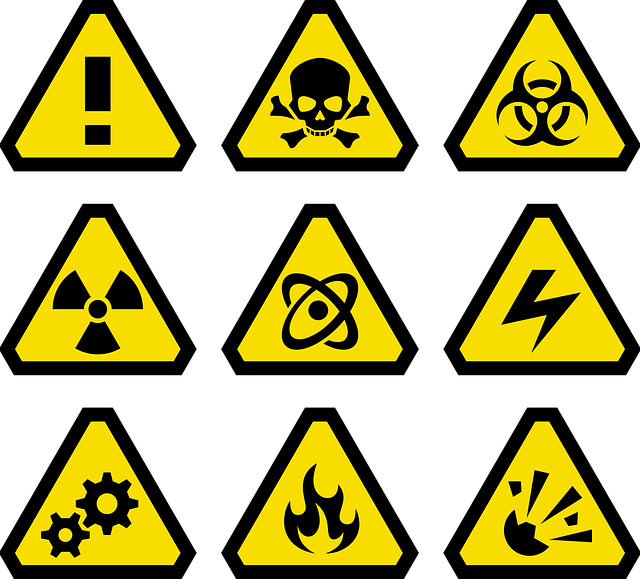The Northwest Hazmat Simulator is a revolutionary training tool using cutting-edge technology to prepare emergency response teams for hazardous material incidents, enhancing protocols, and fostering coordinated responses. With high-fidelity simulations of chemical leaks, oil spills, and other complex scenarios, the simulator allows first responders to learn from mistakes in a safe environment. Key features include accurate material behaviors, diverse realistic scenarios, and efficient incident management, ensuring versatile response strategies and seamless interagency coordination. Proven through real-world applications, the Northwest Hazmat Simulator improves reaction times, enhances preparedness, and mitigates risks for communities in the northwest region and beyond.
The Northwest region’s preparedness against hazardous material (hazmat) incidents is enhanced by the innovative Northwest Hazmat Simulator. This advanced tool recreates real-world scenarios, allowing emergency responders to train and refine their skills in a controlled environment. The article explores the multifaceted benefits of this simulator, from its role in improving response times to its ability to mitigate risks. We delve into the key features, components, and successful case studies, highlighting the Northwest Hazmat Simulator’s impact on public safety.
- Understanding Northwest Hazmat Simulator: Its Role and Benefits
- Key Features and Components of a Successful Hazmat Drill Simulation
- Case Studies: Real-World Applications and Impact of Northwest Hazmat Simulator
Understanding Northwest Hazmat Simulator: Its Role and Benefits

The Northwest Hazmat Simulator is a cutting-edge tool designed to prepare emergency response teams for hazardous material incidents in the region. This immersive simulation technology recreates various scenarios, from chemical leaks to oil spills, allowing first responders to practice their protocols and enhance their readiness. By replicating real-world challenges, the simulator offers an effective training method that goes beyond traditional classroom lessons.
One of its key benefits is the ability to train a diverse range of personnel, including firefighters, police officers, and medical professionals, all under one roof. This unified approach ensures coordinated responses during actual emergencies. Furthermore, the Northwest Hazmat Simulator provides an opportunity for teams to learn from their mistakes in a safe environment, improving overall incident management and potentially saving lives.
Key Features and Components of a Successful Hazmat Drill Simulation

A successful Northwest hazmat simulator drill relies on several key features and components that ensure realism, effective training, and efficient incident management. High-fidelity simulation technology is paramount; advanced software and hardware must accurately replicate hazardous materials, their behaviors, and the unique challenges presented by diverse environments. This includes dynamic models for various substances, accounting for factors like toxicity, flammability, and reactivity.
Realistic scenario creation is another vital element. Drills should encapsulate a wide range of potential incidents, from minor spills to large-scale disasters, mirroring real-world hazards encountered in the Northwest region. Incorporating geographical features specific to the area, such as urban landscapes, industrial zones, or remote wilderness, adds complexity and demands versatile response strategies from teams. Effective communication protocols and interagency coordination are also critical components, ensuring seamless integration of local, state, and federal agencies during simulations.
Case Studies: Real-World Applications and Impact of Northwest Hazmat Simulator

The Northwest Hazmat Simulator has proven its value through numerous real-world applications, showcasing its ability to prepare response teams for diverse hazardous material incidents. Case studies highlight successful simulations that replicated complex scenarios, from chemical spills in industrial areas to oil tanker accidents along coastal regions. These exercises have significantly enhanced local emergency services’ coordination and effectiveness, allowing them to respond swiftly and safely to potential disasters.
The impact of the Northwest Hazmat Simulator extends beyond improved response times. It fosters a culture of preparedness among first responders, enabling them to make informed decisions in high-pressure situations. By employing cutting-edge technology and realistic scenarios, the simulator ensures that emergency teams are equipped with the necessary skills and knowledge to mitigate risks and protect communities in the northwest region and beyond.






